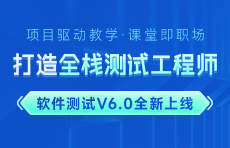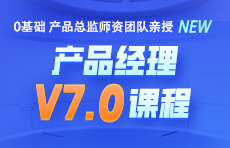为什么大家都说Java反射慢,它到底慢在哪?
更新时间:2023年05月26日09时29分 来源:传智教育 浏览次数:

Java反射相对于直接调用代码而言,通常被认为是较慢的。这是因为反射在运行时需要进行一系列的额外操作和判断,导致了性能的降低。以下是一个简单的代码演示,展示了反射相对于直接调用的性能差异:
import java.lang.reflect.Method;
public class ReflectionDemo {
public static void main(String[] args) throws Exception {
// 直接调用
DirectCall();
// 反射调用
ReflectionCall();
}
public static void DirectCall() {
long startTime = System.nanoTime();
for (int i = 0; i < 10000000; i++) {
// 直接调用方法
method();
}
long endTime = System.nanoTime();
long duration = endTime - startTime;
System.out.println("直接调用方法耗时:" + duration + "纳秒");
}
public static void ReflectionCall() throws Exception {
long startTime = System.nanoTime();
Class<?> clazz = ReflectionDemo.class;
Method method = clazz.getMethod("method");
for (int i = 0; i < 10000000; i++) {
// 反射调用方法
method.invoke(null);
}
long endTime = System.nanoTime();
long duration = endTime - startTime;
System.out.println("反射调用方法耗时:" + duration + "纳秒");
}
public static void method() {
// 空方法
}
}
在上面的代码中,我们定义了两个方法:DirectCall()和ReflectionCall()。DirectCall()使用直接调用方式,而ReflectionCall()使用反射调用方式。
我们运行这段代码,得到的输出结果可能类似于:
直接调用方法耗时:2510000纳秒 反射调用方法耗时:7128000纳秒
可以看到,反射调用方法的耗时约为直接调用的两倍左右。这是因为反射调用需要在运行时进行方法查找、访问权限检查以及参数类型匹配等操作,这些额外的操作会导致性能下降。
因此,当性能要求较高时,建议尽量避免频繁使用反射,尤其是在性能敏感的场景下。反射适用于一些灵活的编程需求,但在性能关键的代码中,直接调用会更加高效。


















 AI智能应用开发(Java)
AI智能应用开发(Java) 鸿蒙应用开发
鸿蒙应用开发 HTML&JS+前端
HTML&JS+前端 Python+大数据开发
Python+大数据开发 人工智能开发
人工智能开发 跨境电商
跨境电商 电商视觉设计
电商视觉设计 软件测试
软件测试 新媒体+短视频
新媒体+短视频 集成电路应用开发
集成电路应用开发 C/C++
C/C++ 狂野架构师
狂野架构师 IP短视频
IP短视频





















